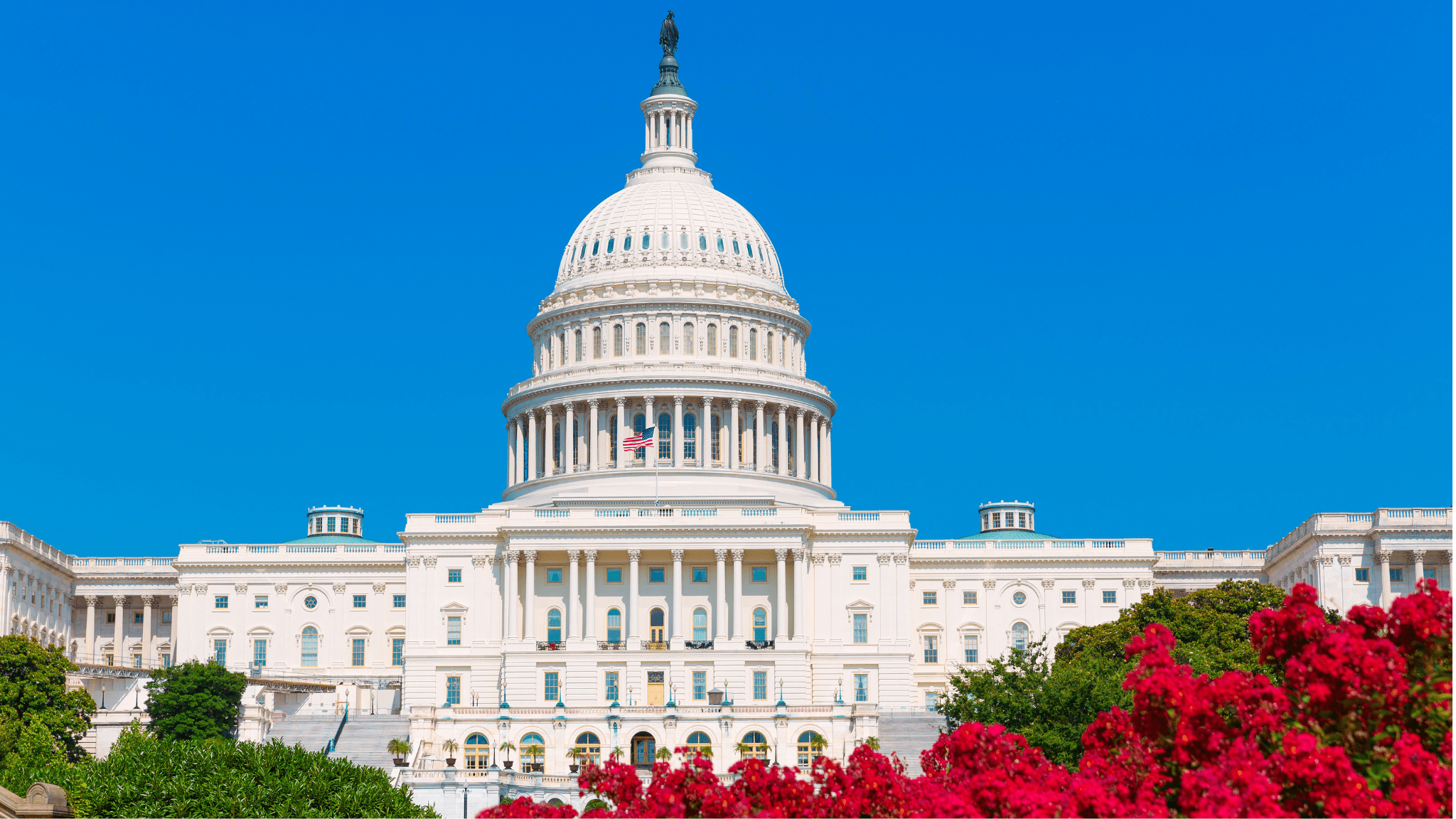Secure Act 2.0 is coming. This article will focus on some of the highlights:
· The Secure Act builds on the Setting Every Community Up for Retirement Enhancement Act of 2019
· Included in the bill are dozens of provisions aimed at boosting retirement security.
· Proposed changes to Roth, RMD and more.
Know the Rules
Typically, the first rule of newly proposed regulations is, “You don’t talk about it.” and the second rule of newly proposed regulations is, “You don’t talk about it.” Although slightly modified, this phrase is the cardinal rule known by fans of the movie, “Fight Club” and one I usually follow since it was taught to me in the ’90s. But this year is an exception and here is why.
Right now, there is a unified government and there is strong support to pass the Infrastructure Bill of 2021. From the name, you may surmise that it is about building highways, bridges and main streets but contained within this Bill is Secure Act 2.0 or “the Deuce”, which instead makes it a new revenue raiser and is estimated to bring in $27 billion. Let’s take a closer look how.
Changes to Roth IRAs are Included in Secure Act 2.0
Can yo say the word, Roth? Friendly reminder that Roth contributions are made after paying taxes so you can see why all of these proposed changes would help raise revenue for the IRS.
- Catch-up Contributions in 401(k), 403(b) and 457(b) plans: The proposal is to permit only Roth monies after December 31, 2021.
- Matching Contributions in 401(k), 403(b) and 457(b) plans: Proposing to allow Roth for these employer contributions after the Bill is enacted.
- SIMPLE and SEP plans: Under current mandate, these may not be designated as Roth IRA’s but that may change after December 31, 2021.
I would be remiss not to highlight some more changes in the Deuce. Below are a couple of my favorites. Of course, if the Bill becomes a reality, I will take a deeper dive into all changes. But for now, here are a few of my favorite things.
A Few Additional Proposed Changes in Secure Act 2.0
- New Required Beginning Dates for RMDs: Instead of immediately increasing the required minimum distribution (RMD) age to 75, the new legislation would increase the age in phases.
- Higher Catch-up limit to apply at ages 62, 63 and 64: Attainment of age 62-64 (but not older than 64) by the end of the tax year, allows a catch–up of $10,000.
- Student Loan Payments: Are back on the table with a little modification, the payments will not be factored in ADP tests.
Stay Tuned for More Information
If or when Secure 2.0 becomes a reality, RSG will talk more in depth about ALL the provisions, not just those listed above. We will not follow Fight Club Rules. Conversely, we will be talking extensively and educating you more about it via webcasts and in our newsletter.
If you have any questions about Secure 2.0 or your other retirement needs, you can count on RSG to keep you informed.



